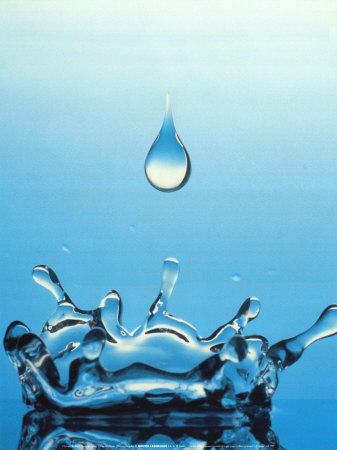Coating TechnologiesWaterborne CoatingsWaterborne paints are one of the most rapidly growing technologies due to their appearance, performance, ease of application and clean up. But also because waterborne paints are a greener, more compliant alternative to solvent-based paints. The volatile organic compound (VOC) content of waterborne paints is substantially lower than conventional solvent-based paints, resulting in lower VOC emissions. Waterborne paints are composed of synthetic resins and pigments that are kept dispersed in water by surfactants. They sometimes contain small amounts of coalescing solvents. Waterborne paints dry by evaporation of the water. The coalescing solvents allow the resin particles to fuse together (coalesce) as the water evaporates to form a continuous coating film.
|
|
 Copyright © Kalcor 2025
Copyright © Kalcor 2025
